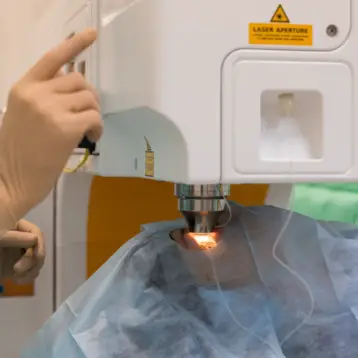|
Microfluidics deals with the manipulation of liquid and one of its most promising applications is a lab-on-a-chip, which can work with much smaller fluid samples than larger devices. Existing microfluidic chips are generally made from relatively expensive materials like silicon, glass, or plastic, and have tiny pumps and valves that can be difficult to manufacture. George Whitesides and his team at Harvard have recently built a microfluidic device on a square of paper the size of a pinky fingernail. This device is the first example of paper microfluidics and is considered to be clever because paper is universally available.
Larger paper tests, like pregnancy tests, are common, but shrinking the paper and minimizing the quantity of required chemical reagents helps to reduce costs. Directing the sample to particular regions enables simultaneous performance of several tests. It also means that fluid samples can be much smaller, eliminating the need for syringes in developing countries.
The paper’s natural network of capillaries is used to channel the liquid to the wells at the branches of the paper, allowing for multiple tests to be conducted simultaneously. However, the paper’s limited pumping action will probably keep it from performing more complex chemical reactions in the near future.
|
In addition to being cheaper, these devices are light weight, disposable, and resistant to breakage, making them more portable and practical in the developing world. In an attempt to minimize the level of expertise needed to use the tests, the team plans to combine the paper tests with a system of cell phones for off-site diagnosis. The team envisions that in rural areas where doctors are limited, people who are trained only to conduct the tests carry them out “and send them back to a central facility where a doctor looks at that information and (recommends) diagnosis and treatment without having to actually be there,” says Whitesides.
The next step is clinical trials and deployment in Africa, although the team is currently still testing the device under harsh conditions such as extreme heat, humidity, and pressure. The test units do not seem to be adversely affected. The team hopes to move beyond humans and develop tests for water, livestock, and other food sources.
TFOT recently covered several lab-on-a-chip devices. These chips include the “lab on a chip” for detecting oral cancer cells, developed at Texas University, and the Nanocytometer, which locates cancer cells or other specific cells in the blood, developed at the University of California, Berkeley.
More on the paper microfluidics technology can be found on MIT’s Technology-Review website.











